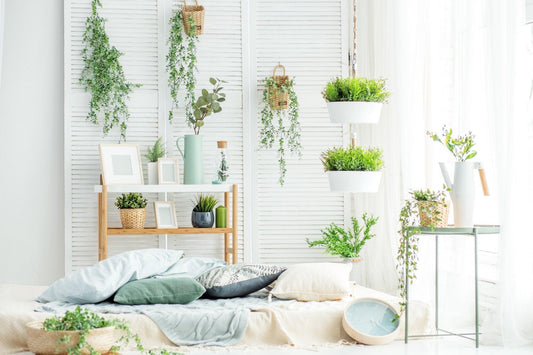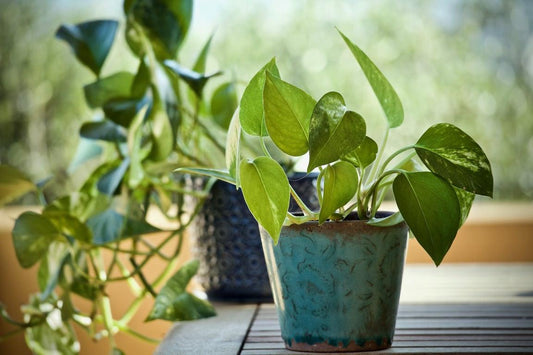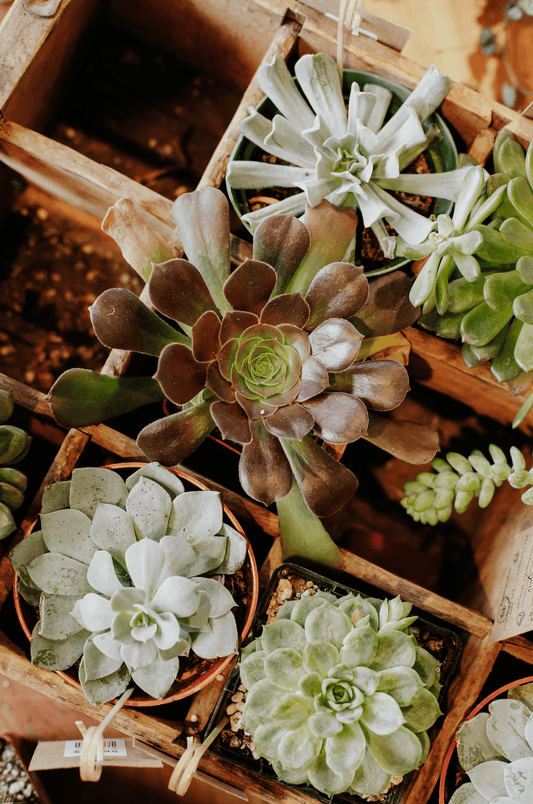BROMELIAD
How to Care for the BROMELIAD Plant
Overview
The Bromeliad plant is a diverse family of flowering plants that includes over 3,000 species, including popular varieties such as the Pineapple plant and Spanish Moss. These plants are native to the tropical and subtropical regions of the Americas, but they can be found growing in a variety of habitats worldwide, from rainforests to deserts. Bromeliads are known for their unique and striking appearance, with leaves that range from simple and spiky to elaborate and colorful. The most recognizable feature of the Bromeliad is the central cup or "tank," which collects water and provides a home for small animals and insects. These plants are generally easy to care for and make excellent houseplants, as they can tolerate low light and infrequent watering. Some species of Bromeliads also produce beautiful flowers that can last for weeks or even months, making them a popular choice for indoor decor. While the lifespan of individual Bromeliads varies, most plants will last several years with proper care.


Profile
Bromeliads are generally low-maintenance plants, but they do require some care to thrive. They prefer bright, indirect light and should be watered when the soil is dry to the touch. Avoid getting water in the central cup or tank, as this can cause the plant to rot. Instead, water the soil around the base of the plant.
Bromeliads do not require frequent pruning, but you may need to remove any dead or damaged leaves. To do this, use sharp scissors or pruning shears to cut the leaf off at the base of the plant. Be careful not to damage the healthy leaves or the central cup.
Bromeliads are generally safe to keep around pets and humans, although some species may have sharp or spiny leaves that can cause injury. Keep these plants out of reach of children and pets, and wear gloves when handling them if necessary.
To propagate the Bromeliad plant, wait until the parent plant produces pups or offsets, which are small plants that grow from the base of the parent plant. Once the pups are a few inches tall, gently separate them from the parent plant using a sharp knife or scissors. Allow the cut edges to dry for a day or two, then plant the pups in a well-draining potting mix. Water sparingly until the plants are established.




Bright Light
Bromeliads have varying light requirements depending on the species, but in general, they prefer bright, indirect light. Too much direct sunlight can cause the leaves to burn and fade in color, while too little light can cause slow growth and leggy stems. When grown indoors, it is best to place the Bromeliad plant near a bright window that receives filtered light, or use artificial lighting to supplement natural light. If the plant is not getting enough light, you may notice that the leaves are turning yellow or brown.

Frequent
Plant them in an organically rich soil with good drainage, and water thoroughly with rainwater or filtered water when the top 10% of the soil is dry. When the roots start growing out of the drainage holes, you’ll know it’s time to repot. When repotting, get a pot that is 2 to 3 inches larger than the previous size to accommodate proper root growth.

Green Thumb
Bromeliads are tropical plants and prefer temperatures between 65-80°F. They are sensitive to cold temperatures and should be protected from drafts or direct airflow from heaters during winter. If the temperature drops below 50°F, the plant may suffer damage or even die. By providing the right amount of light and temperature, you can help your Bromeliad thrive and produce beautiful flowers for years to come.

Pet friendly
Bromeliads are pet friendly.
FREQUENTLY ASKED QUESTIONS (FAQs)
on BROMELIAD
Will my Bromeliad bloom again?
Bromeliads are known for their striking and long-lasting flowers, but the exact timing and frequency of blooming can vary depending on the species and growing conditions. In general, most bromeliads will bloom once and then begin to produce offsets or "pups" that will eventually mature and bloom themselves. Some species, such as the popular Guzmania, can bloom multiple times a year if given the right conditions.
To encourage your bromeliad to bloom again, it is important to provide it with the right growing conditions. This includes bright, indirect light, high humidity levels, and a consistent watering schedule. Avoid exposing your plant to extreme temperatures or drafts, as this can stress the plant and inhibit blooming.
Once your bromeliad has finished blooming, it will gradually begin to produce offsets or "pups" at the base of the plant. These can be removed and planted separately once they have grown to a decent size, or left in place to eventually mature and bloom themselves. With proper care and attention, your bromeliad should continue to thrive and produce beautiful flowers for years to come.



